
Last Updated on
By David Link
Now that we’ve examined state regulations for conceal and carry and proper handgun selection, it’s time to move on to another vital part of carrying a concealed weapon: your chosen carry or holster method. Selecting the right holster can make all the difference in terms of comfort, draw effectiveness, and even safety, and it is a task that is well worth careful research and forethought. We examine many of the popular carry styles so you can get a better grasp on the strengths and weaknesses of each, but keep in mind that just like a self-defense handgun, there is no universal option. Selecting the right holster will always be a matter of personal preference.
Factors That Effect Holster Selection
There are many elements that need to be present in every conceal and carry holster for it to be effective. But first, it is worth noting then that not every holster on the market is suitable for conceal and carry applications. What does need to be present in every conceal and carry holster is a mix of safety, quick draw capability, and weapon retention. A good holster should cover the trigger so it is not activated while the gun is in the holster, and the best holsters are designed to never interfere with the safety while in the holster or while being drawn. Good conceal and carry holsters naturally keep your handgun in place during travel or anytime you stand up or sit down, but they should still allow for a relatively quick draw should the circumstance ever arise. We’ll cover this in more detail under the retention category.
A few other requirements of an effective conceal and carry holster include construction that helps prevent “printing” or showing of the weapon through clothes and a design that integrates well with your normal, everyday dress. It is also important for the holster to be tailored for your chosen handgun. Universal holsters may leave a little give in one area or another, and this could lead to unwanted movement or dislodging of the weapon from the holster. Before you decide on which holster to choose, just make sure that your handgun’s brand and model number are listed on the list guns compatible with the holster.
Retention
Retention is so important that it bears further explanation before we move on to an examination of the various holster types. As we touched on earlier, retention is a good mix of preventing others from drawing your weapon while ensuring that you can draw your weapon relatively quickly. As you increase one factor, it is natural that the other diminishes. This is easily measured by the particular level of retention in the holster denoted in levels one, two, or three. Level one holsters offer the most basic level of retention, and this level favors quick draw over weapon security. As you increase in levels, the ease of draw becomes more difficult, but you gain added weapon security. Levels two and three typically utilize any number of additional retention mechanisms like a thumb break, rotating hood, and/or retention screws. A thumb break is a strap of leather or material that fits over the handgun and is released when the snap button is undone. A rotating hood is similar to a thumb break but instead of utilizing a snap button, rotating hoods flip up to retain the weapon and then flip down to release it. A retention screw is located on the side of the holster and can be tightened or loosened to hone the level of retention for each user. Be sure to factor these devices in your search to ensure you get the right level of retention for you. Don’t forget that level three holsters will require a substantial amount of force to free the weapon, and they might not be suitable for some users.
Strong vs. Weak Side
Another factor worth noting in conceal and carry holsters is whether the holster allows for draw on your weak side or strong side. Strong side holsters are located on the same side as your dominant shooting hand. This means you can reach down quickly with your dominant hand, pull the handgun, and be ready to fire without much time wasted. Weak side holsters are located on the opposite side of your strong hand and are inverted so the clip or handle of the pistol faces forward. Weak side holsters are also known as crossdraw holsters since you have to reach across your body with your dominant hand to draw. Weak side holsters are generally regarded as not as desirable as strong side holsters in conceal and carry, but weak side holsters do provide a draw advantage for those who are seated and need to draw without standing up.
On Body vs. Off Body Carry
If you’re new to conceal and carry, it might be tempting to choose an off body carry option like a purse, messenger bag, or briefcase. At first, the advantages of off body carry can seem very appealing. After all, you don’t have to worry about keeping your weapon effectively concealed on your body, and there are no concerns about weapon weight or printing. But the drawbacks of off body carry far outnumber the potential benefits. First off, any weapon that is not carried directly on your body can be lost or can be the target of thieves. If you lose control of your weapon, then you’re at the disadvantage that you were trying to avoid by carrying a concealed weapon in the first place. In addition, even off body carry items specially designed for concealed carry options slow down your draw speed in some regard. For these reasons, we encourage that on body carry options be your primary method of carry unless all other options are exhausted.
Holster Types
There are an array of holster types available designed specifically for conceal and carry on the market today, but not all are created equal. While one may provide significant advantages in one regard, it may lack in other important areas. We recommend trying several different carrying holsters before deciding on the one that is right for you. Let’s examine the best possibilities of first time carriers along with some specialty holsters that everyone should be aware of while evaluating holsters.
IWB Or Inside The Waistband
Inside the waistband holsters offer possibly the best concealment option since they holster your weapon between your leg your pants. They utilize the belt and waistband of your pants to support the weight of the handgun, and IWB holsters are typically worn on the strong side. Since most IWB holsters utilize a clip to attach to your waistband and belt, they can be removed quickly when you don’t need them like when driving or when you arrive back home. Anyone new to conceal and carry should certainly evaluate IWB as one of the better holster options.
Pocket Holster
Pocket holsters also provide an excellent option to maximize concealment, but they typically only accommodate smaller sized handguns. As their name suggests, they fit inside your pocket while still providing trigger protection and padding to prevent printing, but they off little to no retention. This design will require some practice to effectively draw from your pocket, and the best versions have fabric designed to stick to the sides of your pocket but not they firearm. They can be a great option for those new to conceal and carry.
OWB Outside The Waistband
Outside the waistband has always been a popular carry method, and its advantages are many. OWB holsters are typically threaded through or attached to a belt, and they hang on the outside of the pants allowing for easy draw. OWB holsters can be carried on either the strong or the weak side depending upon the user’s preferences. Since they are worn on the outside of the pants, clothes need to be worn over them to ensure they are concealed, and this is usually accomplished with a coat or un-tucked shirt. OWB holsters are also one of the better options to accommodate larger conceal and carry handguns.
Paddle holsters are a variant of OWB holsters since they still thread through a belt, but the unique stretched out design of a paddle holster is meant to minimize printing and keep the weapon tight along the waistband.
Small Of The Back Holster
Similar to an OWB holster, small of the back holsters are attached to the belt but they are positioned behind the wearer and concealed similarly with coats or un-tucked shirts. One major strength of this holster design is the wearer can remain fairly inconspicuous while drawing. However it should be noted that these holsters can be uncomfortable to wear while sitting, and they have been tied to serious injuries for those who fall back upon their guns during a struggle. These holsters are still a secondary option for those who don’t immediately mesh with OWB or IWB holsters.
Ankle Holster
Ankle holsters hold handguns around the ankle of the wearer, typically on the strong side. While this may seem like a great place to wear a concealed handgun as long as you’re wearing pants, it can make for slow drawing action if you’re standing up or running away from a pursuer. Ankle holsters do make it easier to draw when you’re seated, but there is still a period of delay before you can level the weapon. Most view ankle holsters as a solution for a back up gun, and if you’re new to conceal and carry, you should focus on carrying one primary firearm first before ever evaluating a second back up gun.
Shoulder Holster
Shoulder holsters have been around as a holster type for a long time, but their role in conceal and carry has significantly diminished over the years. Today they can be viewed as a specialty holster for men, and they require the user to wear apparel like suit jackets to allow for an unobstructed draw. Shoulder holsters hold the handgun under the arm and alongside the ribs of the wearer, and crossdraw with the strong hand is required to draw the weapon. If you wear a suit everyday, then a shoulder holster might be worth considering.
Thigh Holster
Thigh holsters, at least when they are used in conceal and carry, are considered specialty holsters for women. They can be of use when the user is wearing a skirt or dress, but they are not without their drawbacks. Because support can be an issue for this design when used in conceal and carry, only very-light, compact handguns are compatible with this holster type. While you can’t consider this a primary or go-to holster type, it can be worthwhile as a secondary holster for some women.
Apparel Holsters
There is a way to carry a concealed weapon on your body without utilizing a holster. These are generally described as apparel holsters and include carry options like bra holsters and conceal and carry shirts. Depending on how you normally dress, conceal and carry shirts can be a great option for those who are nervous about choosing the right holster type. As for specialty holsters like bra holsters, they can work for some, but the handgun needs to be very light and even then many wearers have reported fatigue or weapon support problems when used long term.
Conclusion
Don’t forget that aside from covering the basic criteria that every conceal and carry holster should offer, the right holster for you will always be a matter of personal preference. Sure there are some holsters that are better than others like IWB or OWB vs. and ankle holster, but never settle with a holster that doesn’t feel comfortable to carry long term. Don’t forget to make sure your chosen firearm matches the holster, and that it isn’t too heavy for the holster style you’ve selected. Finally, be sure to practice and train with your holster just like you would with your firearm. You can’t expect to draw effectively with a holster you’ve never worn or practiced with extensively.

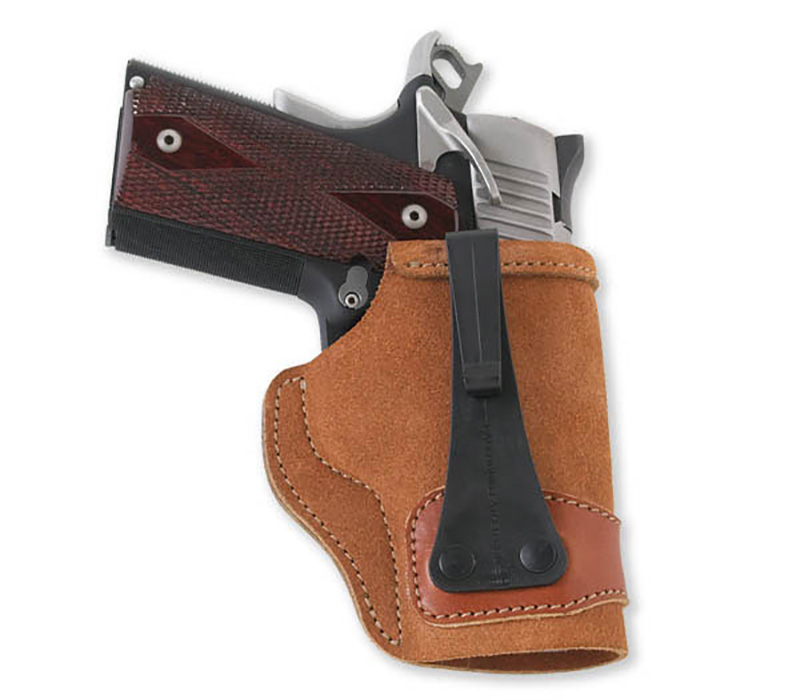
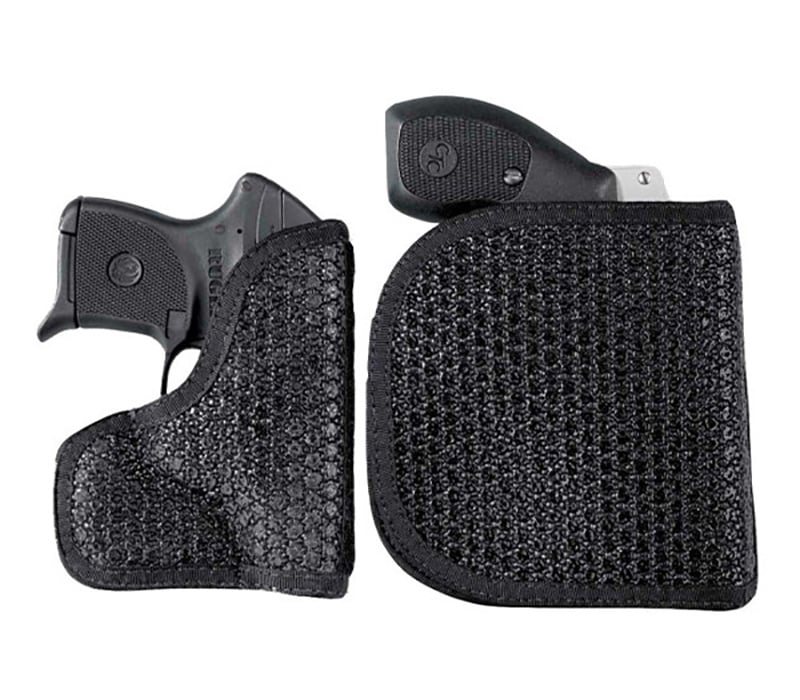
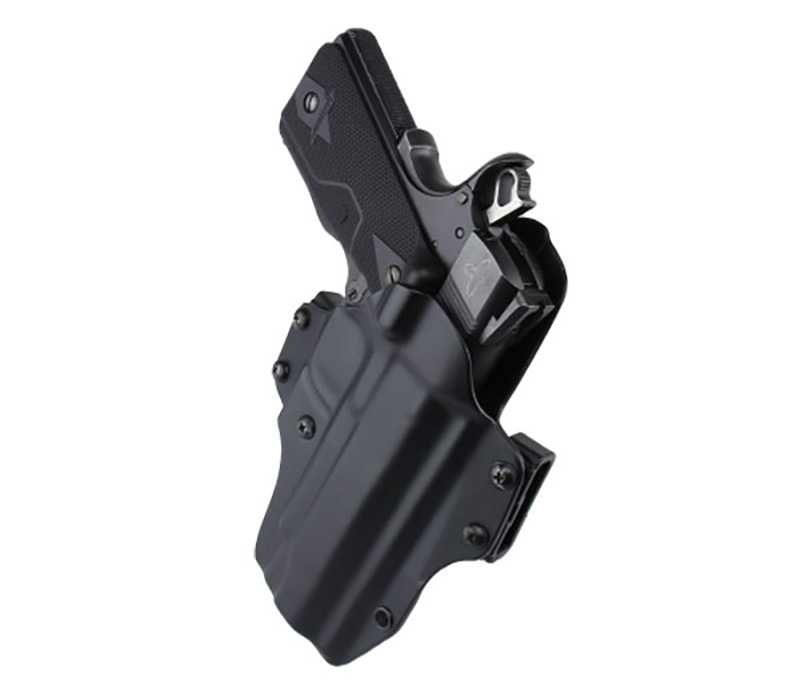
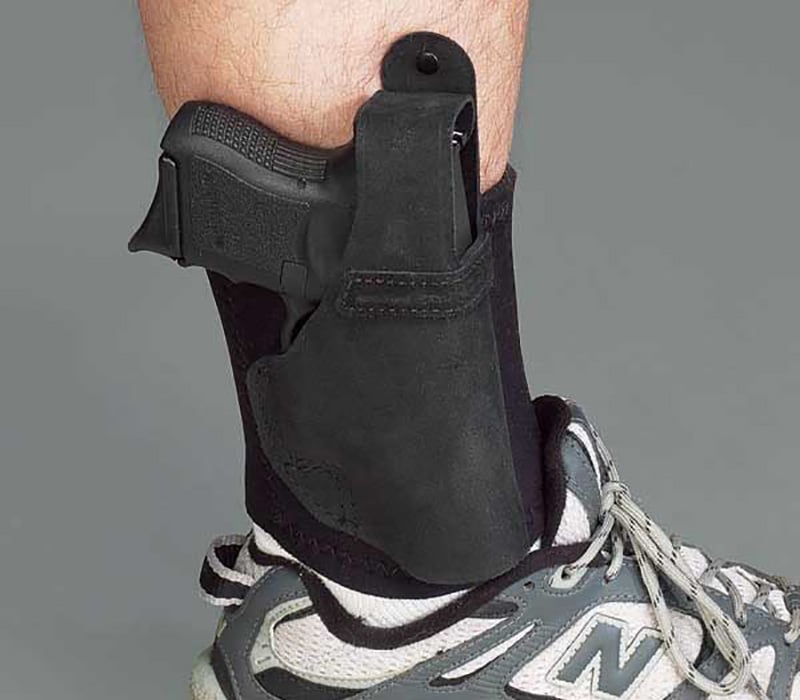
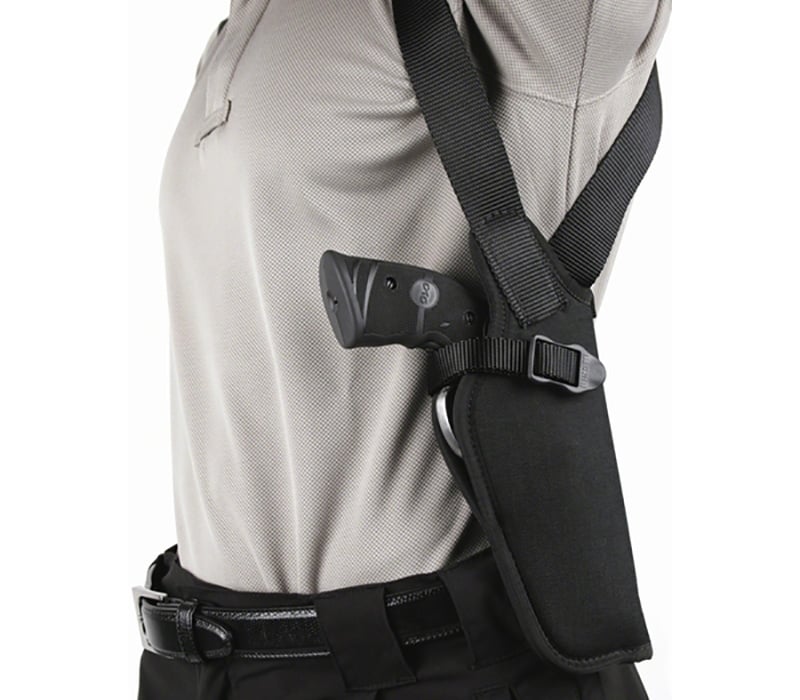



Leave a Reply